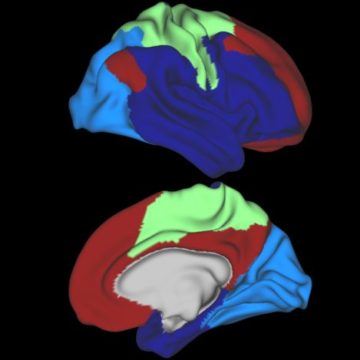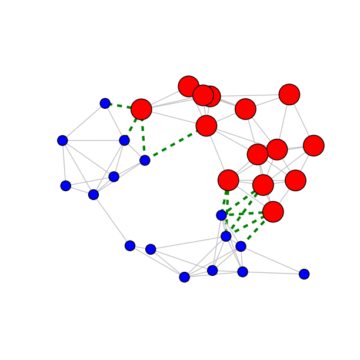Neuroscience
I’m using tools from control theory, network science, and machine learning to help understand the brain. My work spans prediction of depressive symptoms in adolescents and classification of epileptogenisis in traumatic brain injury.
“Viral” Product Adoption
Product spread is often modeled with epidemic models, hence the popular idea of the “viral” product. With collaborators at UIUC, I studied a new model of product adoption that combines an epidemic model with opinion dynamic models, resulting in adoption behavior that is driven both by how good the product is as well as how much a person’s neighbors like the product. We focused on understanding how both the properties of the product and the social network lead to the spread of a product.
Papers:
S. F. Ruf, K. Paarporn, P. E. Pare “Going Viral: Stability of Consensus-Driven Adoptive Spread”, IEEE Transactions on Network Science and Engineering 2019. PDF
S. F. Ruf, P. E. Pare, J. Liu, C. L. Beck, Tamer Basar “A Viral Model of Product ´ Adoption with Antagonistic Interactions”, American Control Conference 2019. PDF
S. F. Ruf, K. Paarporn, P.E. Pare and M. Egerstedt, “Dynamics of Opinion Dependent Product Spread”, IEEE Conference on Decision and Control 2017. PDF
Sustainability
With colleagues in Pakistan and at UF, I studied a model of networked resource consumption. Each agent in the network bases their consumption on the behavior of their network neighbors and the state of the resource. We found conditions on the underlying network structure for stability and sustainability.
Papers:
M. T. Hale, S. F. Ruf, T. Manzoor, A. Muhammed, “Stability and Sustainability of Resource Consumption Networks”, IEEE Transactions on Network Science and Engineering 2019. PDF
S. F. Ruf, M. T. Hale, T. Manzoor, A. Muhammed, “Design of Sustainable Resource Consumption Networks”, IEEE Conference on Decision and Control 2019. PDF
S. F. Ruf, M. T. Hale, T. Manzoor, A. Muhammed, “Stability of Leaderless Resource Consumption Networks”, IEEE Conference on Decision and Control 2018. PDF
Network Control
As part of my PhD, I introduced a new notion of control over networks called herdability. The core idea is that for many biological and social systems, the traditional notion of control (known as controllability) is too strict and for many systems herdability is sufficient for ensuring desirable behavior. I focused on developing the theoretical underpinnings of herdability.
Papers:
S. F. Ruf, M. Egerstedt, and J. S. Shamma, “Herding Complex Networks.” PDF
S. F. Ruf, M. Egerstedt, J. S. Shamma, “Herdability of Linear Systems Based on Sign Patterns and Graph Structures.” PDF
S. F. Ruf, M. Egerstedt, and J. S. Shamma, “Herdable Systems over Signed, Directed Graphs”, American Control Conference 2018. PDF


